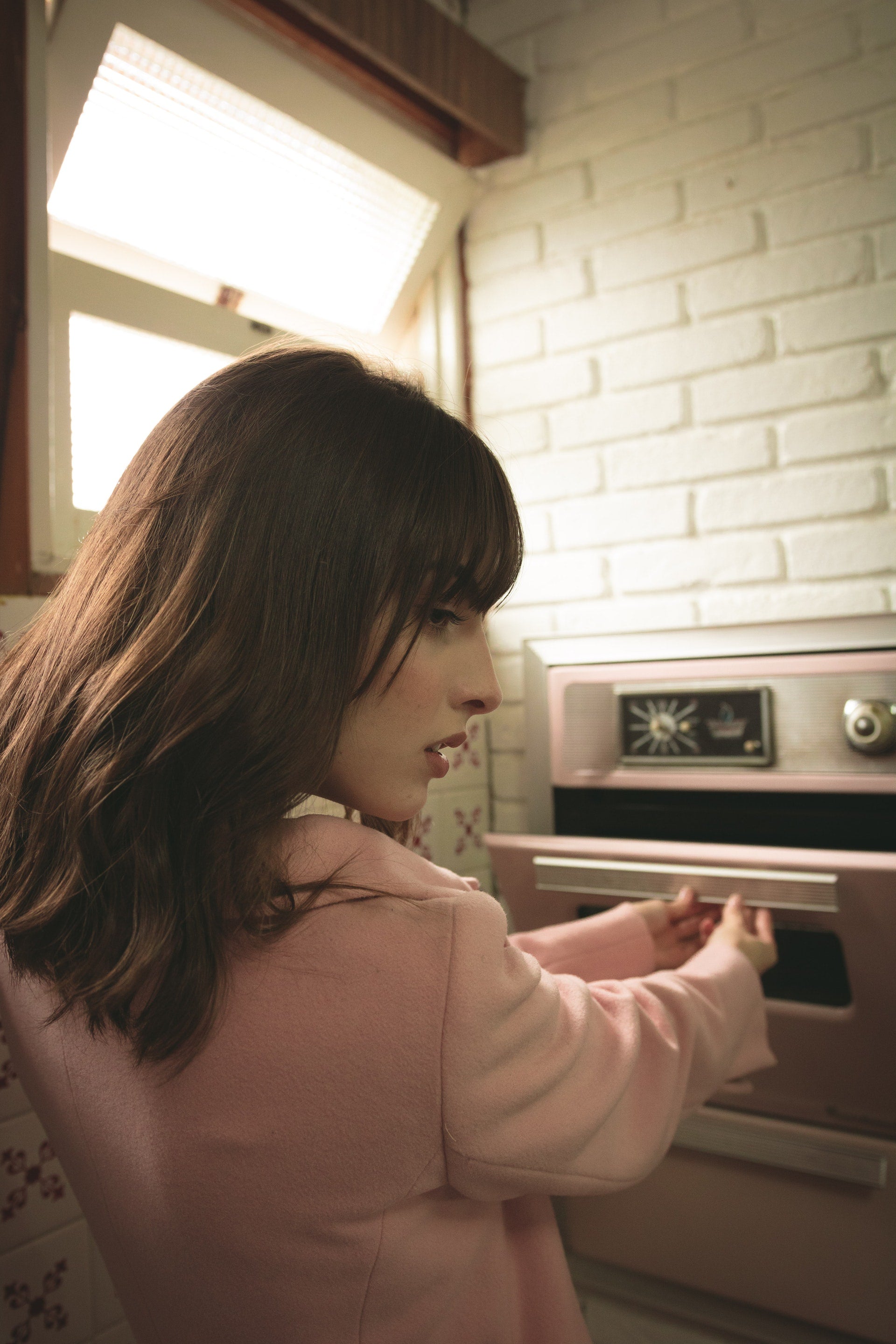If you’ve noticed popping or crackling during 3D printing or rough surfaces on your 3D prints, then your filaments are “wet.” Does it mean that it’s time to start digging a “proverbial grave” for your 3D printer filaments? Not quite.
Before your start mourning the loss of your wet filaments, know that there are ways to revive them. Please note that these methods might not work on cheaper filaments as they are typically of lower quality.
What causes “wet filaments?”
Moisture is the bane of a filament’s existence. While there are some that don’t seem to get as affected, some filaments are naturally hygroscopic, meaning they suck the moisture from the air and retain it.
The good thing about it is that it’s entirely preventable. As long as you’re storing your filaments properly and prevent leaving them out too long, then there is a very slim chance of this happening to your filaments.
However, disasters happen and if your filament collection ends up getting wet, it is not the end of the world. Here are ways you can revive filaments back to their old beast performance. Best of all, you can easily find the solutions in your kitchen.
Filament Drying Tip 1: Oven
The easiest way to dry out filaments is by heating them up in an oven. Find out the glass transition temperature of the filament and set the oven temperature lower than that.
Generally, 60-70°C is a safe range for most filaments, except PLA. Since PLA has a lower glass transition temperature, you can set the temperature as low as it can go or around 40-45 °C.
Leave the filaments inside the oven for 4-6 hours. They get drier the longer that you leave them in.
Note: Make sure to preheat the oven before placing the filaments inside. It is also important that your oven has an accurate temperature as getting it wrong might melt the filaments.
Filament Drying Tip 2: Food dehydrator
If you don’t have an oven at home, you can use a food dehydrator. They can handle lower temperatures so there is less risk of ruining your filaments. The temperature setting for most filaments is at ~80 °C while PLA can withstand 40-45 °C.
You can find one at a low price online. You can also easily fit the spools as they come with different layers that can be removed or added to your liking.
Dry out your filaments with these easy filament drying methods!
Tried anything from the process above? Let us know in the comments below how it went.

